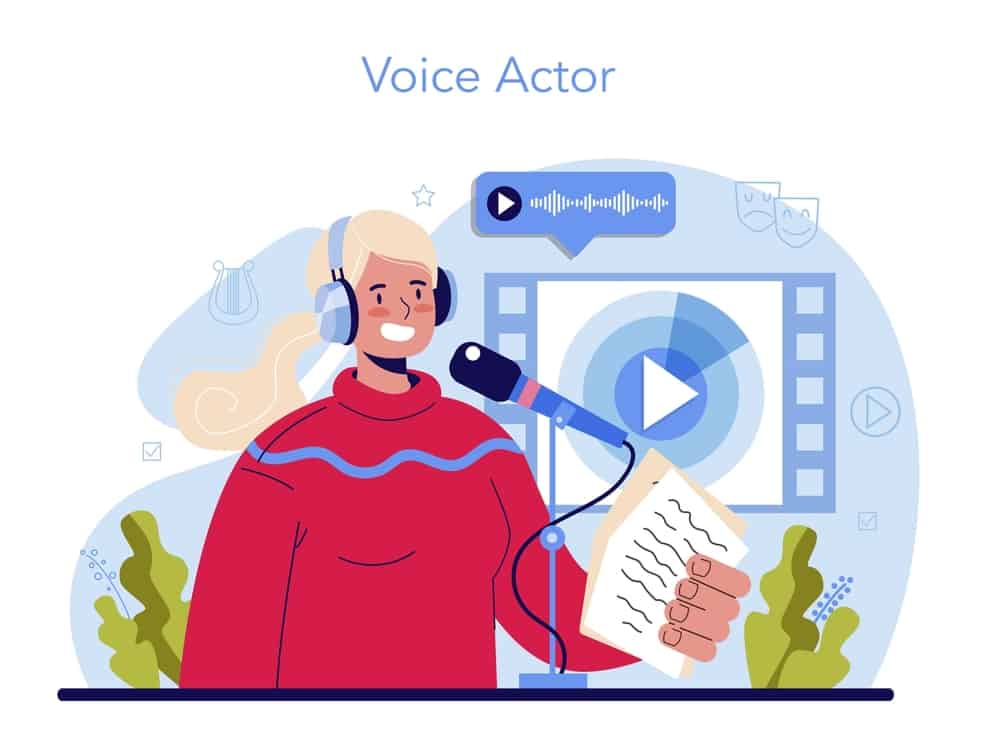Have you ever found yourself struggling to enjoy your favorite foreign shows and movies because of language barriers?
You're not alone. Many of us toggle between reading subtitles and tolerating dubbing, each with its own drawbacks.
Interestingly, a recent study found that 80% of people prefer videos with subtitles, which highlights the growing popularity of this option over dubbing, especially on social media platforms like TikTok and Instagram. [1]
In this article, I'll talk about dubbing vs subtitles for foreign-language films and shows. I'll go over the pros and cons of each so you can decide which option you like better.
By the end, you'll understand subtitles and dubbing better. You'll know which one fits your viewing style, no matter which you pick!
Now, let’s take a closer look at each!
What are subtitles and dubbing?
What are subtitles?

Subtitles are a form of translation that appears on the screen, usually at the bottom, and provide a written representation of the dialogue in a foreign-language film or TV show.
They can be either in the same language as the audio or in a different language, depending on the needs of the audience.
Subtitles are often used to provide access to content for people who are deaf or hard of hearing or for those who prefer to watch video content in its original language.
Subtitles can be either closed or open. Closed subtitles are those that can be turned on and off, while open subtitles are always present on the screen.
Closed subtitles are often used in cinemas or on DVDs, while open subtitles are more common on streaming services like Netflix.
These days, there are a ton of subtitling software programs that use AI to make putting subtitles on videos way faster and more accurate.
The AI-powered software can look at audio and video files and automatically generate subtitles.
This means people don't have to manually transcribe and sync everything, which can be super tedious and time-consuming.
What I Like/Dislike About Subtitles
Pros
Cons
What is dubbing?

The dubbing process is all about taking a movie or TV show that was filmed in one language and re-recording the dialog in another language.
The goal is to make it feel like the actors are actually speaking that other language!
They start by translating the original script into the new language, making sure the translation flows naturally and matches the mouth movements of the actor on screen.
The voice actors and sound engineers come in to record the translated dialog, watching the original footage over and over to get the timing and lip-synching just right.
It's a real skill to match the same emotion and cadence in the original actor's voice and facial expressions.
But nowadays, with new and advanced technology, there are AI dubbing tools that can automatically generate dubbed voices that sync with lip movements.
The voice actors often record each line in many different ways to nail the right tone and delivery.
Once the new vocal track is recorded, they carefully layer it over the original video and mix it to seamlessly blend with the existing sound effects and music.
And just like that, a whole new audience can now understand and enjoy the movie in their native language!
It's pretty wild that we can so seamlessly dub films to transcend language barriers and share stories globally.
What I Like/Dislike About Dubbing
Pros
Cons
Dubbing Vs Subtitles Comparison

1. Impact on Viewing Experience
Subtitles and Viewer Engagement
Subtitles can really affect how engaged viewers feel when watching something. Hearing the original spoken audio helps people connect to the nuances of the language and makes it feel more real. Subtitles are great for picking up new languages, too!
But reading subtitles constantly can distract from what's happening on screen. Tiny or hard-to-read fonts don't help either.
Dubbing and Viewer Engagement
With dubbing, viewers can focus on the visuals without reading subtitles. This makes shows and movies way more accessible for people with trouble reading. But replacing the original voices can ruin that feeling of authenticity.
Bad lip-syncing is super distracting, too, and makes it feel less immersive. So dubbing has trade-offs.
2. Cultural and Linguistic Considerations
Subtitles let you experience the original cultural context and language - nothing gets lost in translation.
You hear the real actors' voices, too. However, some find reading subtitles distracting or hard if they have visual issues.
Dubbing makes it easier to watch without reading. This helps when the original language is unfamiliar.
However, some cultural nuances and voices do get lost in dubbing. The translations can also oversimplify things.
So, for cultural aspects, it depends on whether you value authenticity or accessibility more. There are pros and cons to weigh.
3. Industry Perspective
For subtitling, professional translators carefully convey dialogue meaning while ensuring translations match pacing and context.
Viewers get to hear the original audio, sound effects, music, and vocal performances. But subtitles may not suit fast-paced visual films.
With dubbing, global audiences can focus directly on the cinematography and visual storytelling without distraction.
This allows immersion, especially for visually driven films. However, dubbing is far more expensive and time-consuming than re-recording dialogue.
Vocal performances can lose nuance or misrepresent the original acting. Yet, dubbing widens accessibility for those less familiar with the language and culture.
In the end, the film industry chooses either subtitles or dubbing depending on the unique needs of each project and target audience. Whether authenticity or a broader understanding is vital to guide these major translation decisions.
Conclusion
When it comes to dubbing vs subtitles for foreign films, there's no definitive "better" option. Each has its own pros and cons to consider based on what's most important for the audience.
Subtitles let people hear the original voices and languages. This gives a more authentic feeling. But reading subtitles can be tiring and distracting from the visuals.
Dubbing makes following along easier for some audiences. Yet the dubbed voices may not capture the full meaning.
In the end, it depends on what people value most: authenticity or accessibility.
Some prefer subtitles as they want to hear the real actors and languages.
Others don't want to read subtitles the whole time. There are good arguments on both sides.
For movie studios, costs and target markets also matter in the decision. Overall, it's subjective based on the audience and goals.
There's no universally ideal choice between subtitles or dubbing. People can choose what works best for their viewing needs and personal preferences.
The main thing is that both subtitles and dubbing allow more audiences worldwide to enjoy foreign films. So, no matter which option you prefer, being open to understanding new languages and cultures through movies is what's most important.
